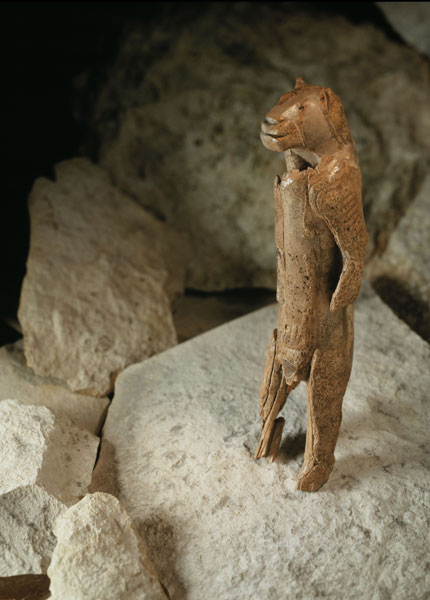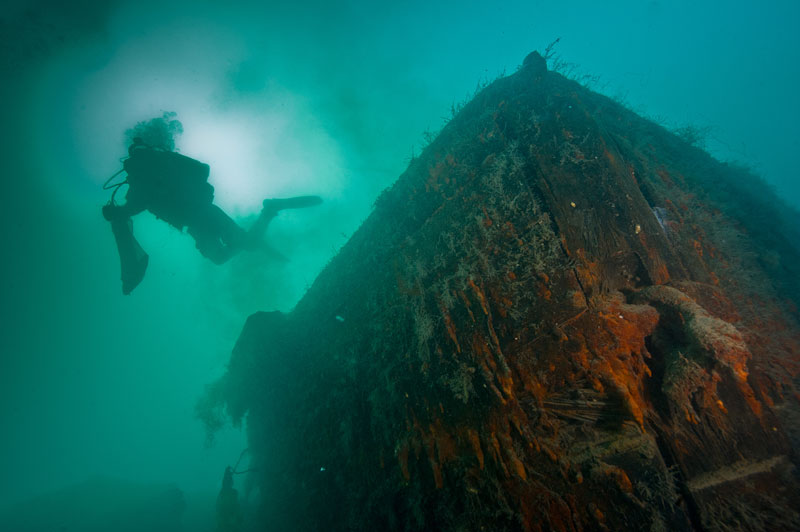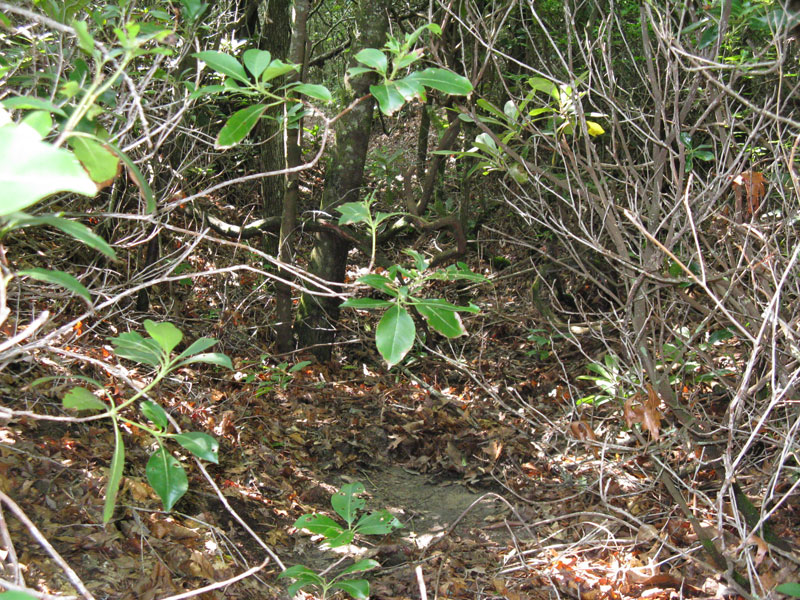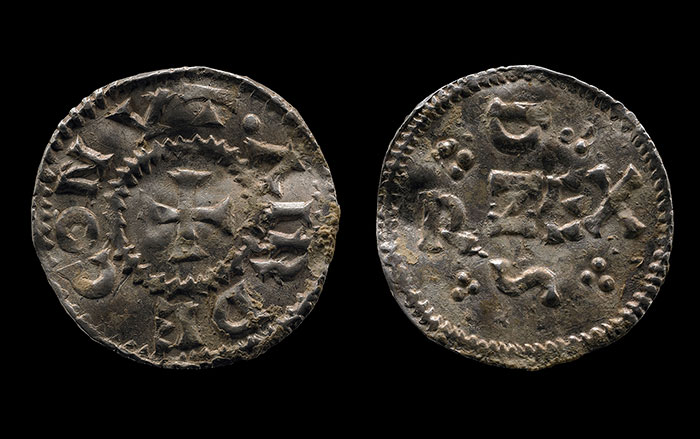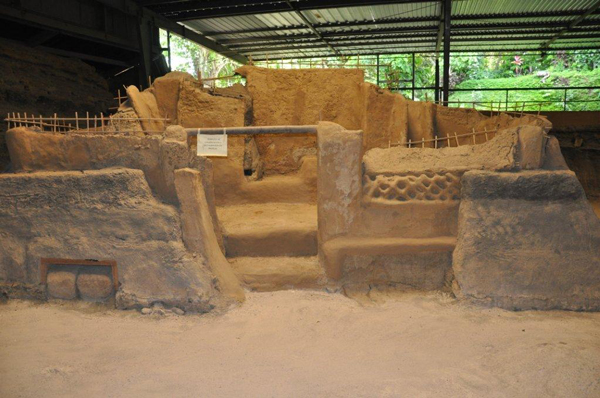
Around A.D. 630, in western El Salvador, the volcano Loma Caldera erupted, burying the buildings, roads, and fields of a Maya farming community in up to 20 feet of ash. As with other cities and villages that have suffered this fate, this town, today affectionately known as Joya de Cerén ("the jewel of Cerén") is incredibly well preserved. Though the site is in a tropical environment—a setting not conducive to the preservation of organic materials—archaeologists have discovered individual corn kernels, food residue in pots, two species of ants, and thatched roofs with the remains of mice in them, alongside buildings and massive amounts of pottery. The only thing missing from the site are the bodies—the fates of the residents of Joya de Cerén remain a mystery. Discovered in the mid-1970s, the site has been excavated exclusively by Payson D. Sheets of the University of Colorado at Boulder. According to Sheets, when tourists ask Salvadorans what the biggest tourist attraction in the country is, they jokingly reply, "Guatemala." Sheets hopes that sites such as Joya de Cerén, a UNESCO World Heritage Site since 1993, will take their place alongside the Maya hotspots of Mexico, Guatemala, and Honduras.
The site
Joya de Cerén dates to the Maya Classic Period (A.D. 300-900) and differs from most well-known Maya sites because it is predominantly a nonelite site—a place where about 200 ordinary Maya lived, worked, and prayed. According to Sheets, the Maya of Joya de Cerén lived surprisingly well. So far, 11 buildings have been found, including living quarters, storehouses, workshops, kitchens, religious buildings, and a community sauna. A quarter of the pottery found there is of a multicolored variety imported from the Copán Valley. Casts of crops and fully stocked shelves entombed by ash have been found, confirming that people there grew corn and manioc as staples. A big surprise came this summer when Sheets and his team discovered a sacbe, a formal road that heads south from the town's religious complex. The site is easy for visitors to navigate. There are walkways and well-trained guides, as well as a restaurant/café, modern bathrooms, a gift shop, and an airconditioned museum.
While you're there
Joya de Cerén is just a 45-minute taxi ride from the capital of San Salvador, and your driver will be happy to wait for you while you tour the site. Three miles south is the Maya site of San Andres, the primary elite center in the Classic period, with pyramids, an elevated sacred plaza, and a modern visitor's center. Back in San Salvador, the David J. Guzman National Museum of Anthropology is a must-see. And for adventurous types, the surfing in this part of El Salvador is considered among the best in the world.






